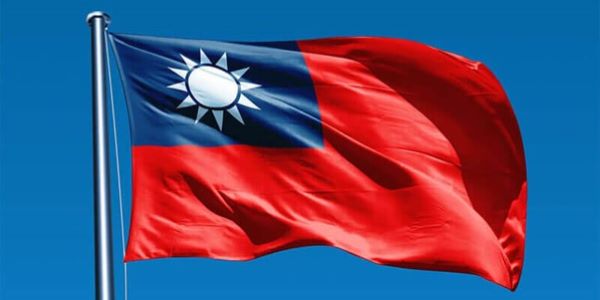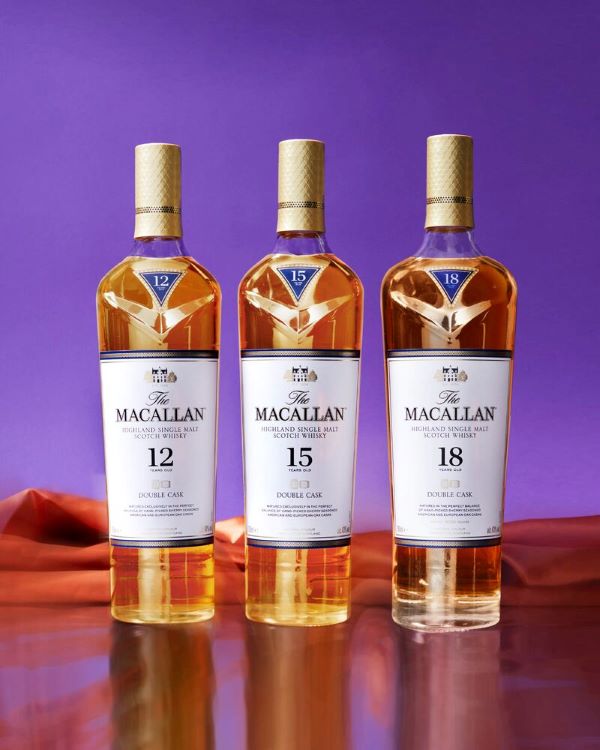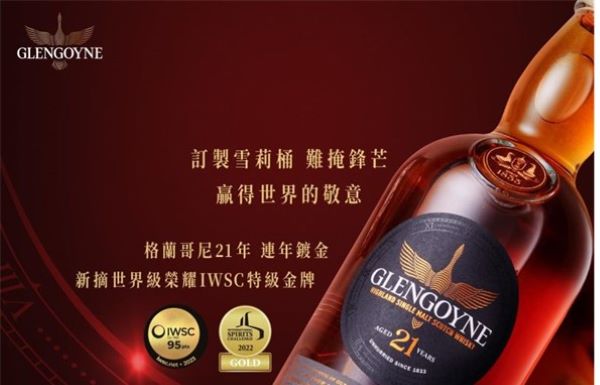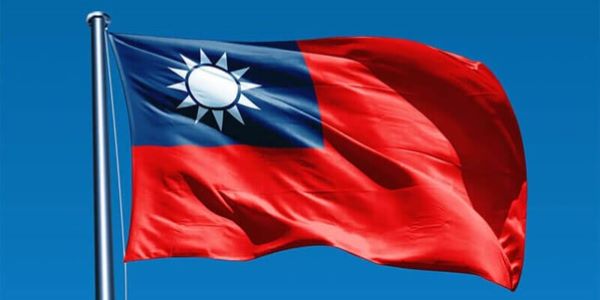A Postcard from Taiwan
Scotch, particularly single malt, has captured the whisky market in Taiwan, through hard work, innovation and storytelling. For now, it seems there's little those American, Irish and Japanese brands can do about it, reports Tom Bruce-Gardyne …
If US demand for Scotch whisky is in the doldrums, or 'normalising' – to use the preferred corporate spin - things are a lot more buoyant on the other side of the world in an island half the size of Scotland. Last year Taiwan reinforced its position as the drink's fourth most valuable market, with imports up 8% to £341m, while the equivalent number of bottles shipped edged up 1% to 30.7m. In the volume charts, the Taiwanese are outside the top ten, but for a population of 24m, that is pretty impressive by any measure.

"My first trip to Taiwan was probably fifteen years ago," says Richard Paterson OBE, Whyte & Mackay's veteran master blender who has been back and forth many times since, not to promote the firm's eponymous blend, but its flagship single malt – Dalmore. For this is a country obsessed with malts like no other, and where its shipments overtook blended Scotch in volume in 2019, and last year accounted for £207m, or nearly two thirds of total value.
The worn shoe leather, the spilt Dalmore and the spent party poppers that are all part of Richard's act began to pay off. The brand started to surge in Taiwan "really about three years ago," he says, and today he reckons it's "about fifth" among single malts there. During Covid, stuck indoors and unable to travel, it seems Taiwanese consumers became ever more discerning as they stocked up their home bars. The value of Scotch imports jumped by 25% in 2021 and by almost 40% a year later.
"Single malts have always captured the imagination of Taiwanese consumers from a quality perspective," he says, and he credits "competitors like Glenmorangie for highlighting the individuality of malts." For Terence Ong, MD of Pernod Ricard Taiwan, why the category has boomed like nowhere else on earth, "is a question I keep asking myself."
He suspects it's about demonstrating that "you are beginning to be an expert," and that "having that preference for single malts is a way of showing you have arrived." Though with so many different expressions and limited releases and completely new single malts to explore, that end point never comes. "That's why malts are doing so well," he says, "because it's a journey of discovery, and the Taiwanese don't settle on one distillery."

For Helen Wong, MD of Edrington Taiwan, the country "is one of the most mature markets for single malt. What we consistently see is that whisky aficionados in Taiwan are highly sophisticated and value the quality and craftsmanship of exceptional single malts like The Macallan." The brand was the top-selling malt here, a title now claimed by The Singleton, according to its owners, Diageo.
But in some ways the expertise of the country's whisky-drinkers plays to the smaller brands. "It's one of the major benefits of Taiwan for a company like Ian Macleod's because the consumer is so savvy and switched on," says Tom Russell, its commercial development director. "They've tried Glenlivet and Glenfiddich and their whole range, and they're willing to try other products to expand their knowledge, so that really works in our favour."
His malts include Glengoyne and Tamdhu, which he spent much of the past three years promoting while based in Taipei until September. "It's the hardest place ever to do tastings, because they ask you such damn difficult questions," he says. "I was once asked how old the trees were that were cut down to make the casks!"
Rival whiskeys like Jack Daniel's and Jameson's must be desperate for a slice of this lucrative market, but so far Scotch has almost complete dominance with a 94% share of total whisky sales, followed by Japanese whisky on 4% and US on 2%. Tom Russell, speculates the country may have inherited this preference from Japan. "Taiwanese consumers seem obsessed with Japanese gadgets and gizmos and food and drink," he says. While the success of Kavalan, Taiwan's highly regarded malt distillery, seems to have only helped the Scotch category.
He describes Taiwanese whisky culture as a case of: "Start as you mean to go on, where you'd bring a bottle to share that is opened at the beginning of the meal. It's also one of the only places in the world where whisky outsells wine."

The Taiwanese also appreciate a number on the label, with 12 year-old single malt considered the entry-level for many. Last year, Steven Lin, who owns three whisky bars in Taipei was quoted in 'Taiwan Business Topics,' as saying: "Glenmorangie tried to teach the market that age statements don't matter, but it failed."
However, some non-age statement whiskies are beginning to cut through, and according to Richard Paterson "Dalmore King Alexander does exceptionally well in Taiwan." Yet such a sophisticated market demands respect. Diageo's Asia-Pacific president, John O'Keefe may come to regret boasting the company could charge 40% more in Taiwan for its Singleton Golden Trésor 13 year-old simply because it was a year older.
Taiwan acts as a beacon for high-end Scotch across the region, not least in China - its biggest trading partner. While Chinese demand has softened, it remains strong here. Growth may have slowed from the heady days of the pandemic, but the prospects look good provided political tensions across the Taiwan Strait don't erupt dramatically.

Award-winning drinks columnist and author Tom Bruce-Gardyne began his career in the wine trade, managing exports for a major Sicilian producer. Now freelance for 20 years, Tom has been a weekly columnist for The Herald and his books include The Scotch Whisky Book and most recently Scotch Whisky Treasures.
You can read more comment and analysis on the Scotch whisky industry by clicking on Whisky News.




